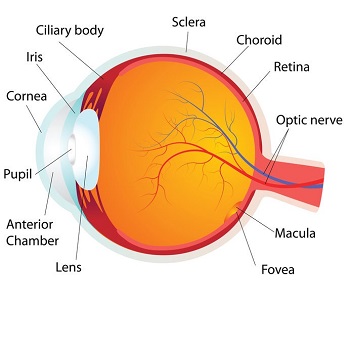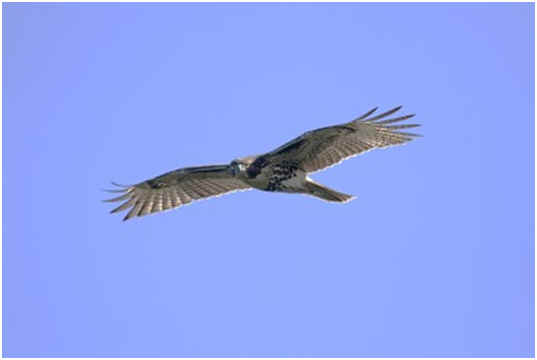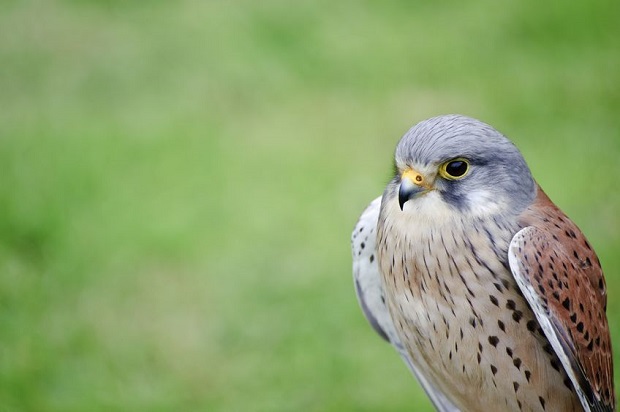
Can Owls See in the Dark?
Not only can owls see in the dark, but according to the University of Illinois’ College of Veterinary Medicine, they have the best night vision of any animal.
How Vision Works

To understand how owls can see in the dark, you must first understand how vision generally works. Light, even the smallest amount, is necessary to see. Let’s take a look at each part of the eye and the role that it plays in vision.
Light rays enter the eye through the cornea, which bends or refracts the light through the pupil. The iris regulates the amount of light that passes through, growing larger when it is darker to let in more light. The light will then pass through the lens, focusing on the retina at the back of the eye. The retina contains millions of tiny light-sensing nerve cells called rods and cones. Cones are responsible for central vision detecting colors and fine details in the presence of bright light. Rods are responsible for peripheral vision, detecting motion, and picking up details in dim light. The cells then convert the light into electrical impulses from the optic nerve to the brain, which is converted into images. [AOA]
Adaptations of the Owl’s Eye Provides Better Night Vision

The eyes of the owl are adapted to allow it to see better in the dark. In fact, scientists estimate that an owl’s eyesight is 100 times better than ours in low light. [UW]
Pupil. The pupil of the owl’s eye has several adaptations that make night vision superior to a human’s. First, the pupil of the owl’s eye can dilate more than a human’s, emitting 2.7 times more light. This projects a brighter image onto the retina. Also, the pupils act independently of one another. [Lynch]
Iris. In the eye of a human, the iris is controlled by a slow contracting smooth muscle. This means it takes the eyes a moment to adjust when light conditions change, such as leaving a dark movie theater to a brightly lit room. In contrast, the iris of an owl has striated muscle which contracts very quickly, allowing it to adjust to changes in light conditions quickly. [Berger]
Rods and Cones. The next major adaptation is the number of rods and cones present in the owl’s eye. Humans can see well in daylight because we have many cones. In contrast, owls have three to four times more rods than cones, which pick up details in dim light. They also have a larger retinal surface to accommodate many more rods and cones. [Lynch]
Tapetum lucidum. Not present in humans, the tapetum lucidum is a layer of tissue immediately behind the retina of many nocturnal animals. It reflects light back through the retina that has passed through, increasing the available light to the photoreceptors. This additional light source contributes to the superior night vision in owls. [Lynch]
Resources
University of Illinois College of Veterinary Medicine
http://vetmed.illinois.edu/wildlifeencounters/teacher_resources/Lesson%202/Bird%20of%20Prey%20and%20Owl%20Pellet%20Activity/OwlFacts_WildlifeEncounters.pdf
American Optometric Association
How Your Eyes Work
http://www.aoa.org/patients-and-public/resources-for-teachers/how-your-eyes-work
University of Wisconsin-Steven’s Point
CWES Nature Navigator
http://www.uwsp.edu/cnr-ap/cwes/natureNavigator/Pages/months/february4.aspx
Lynch, Wayne
Owls of the United States and Canada: a complete guide to their biology and behavior
Baltimore: Johns Hopkins University Press, 2007. Print.
Berger, Cynthia
Owls.
Mechanicsburg PA: Stackpole Books, 2005. Print.





